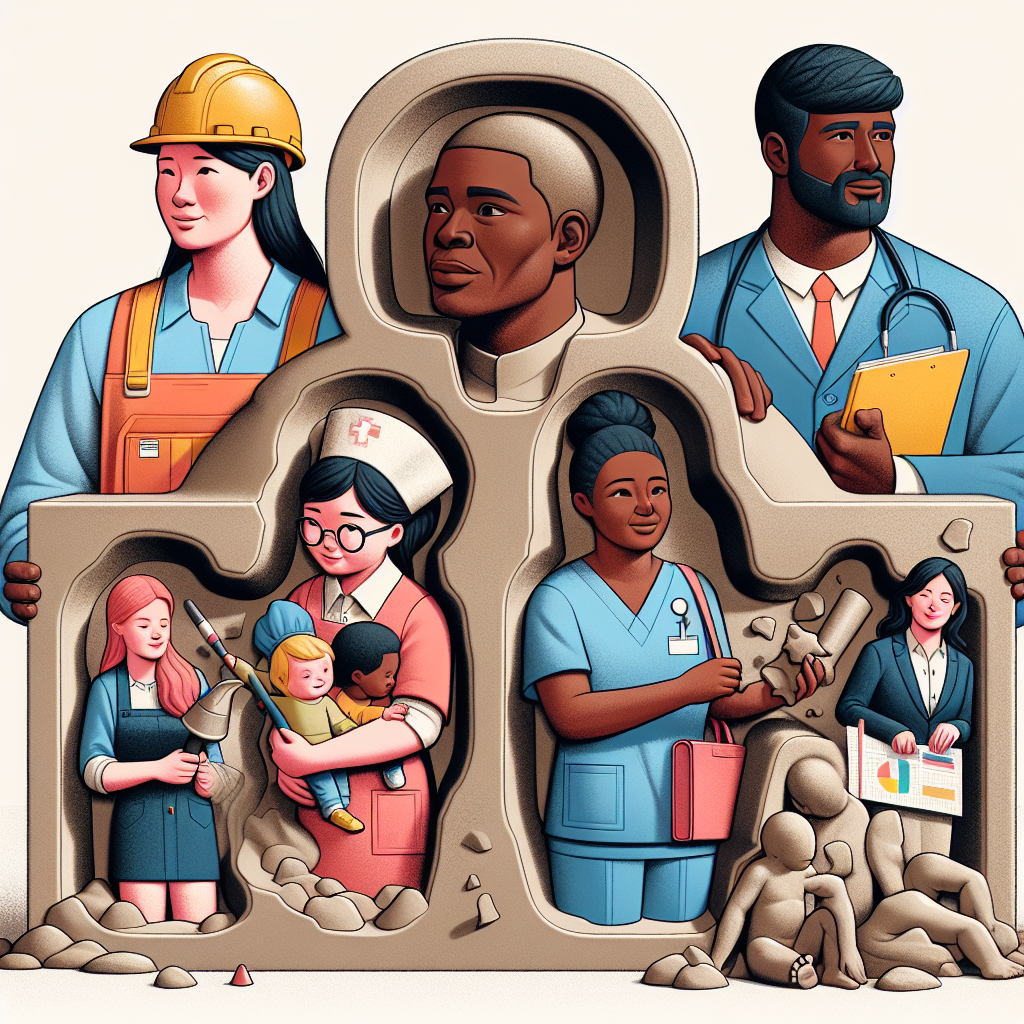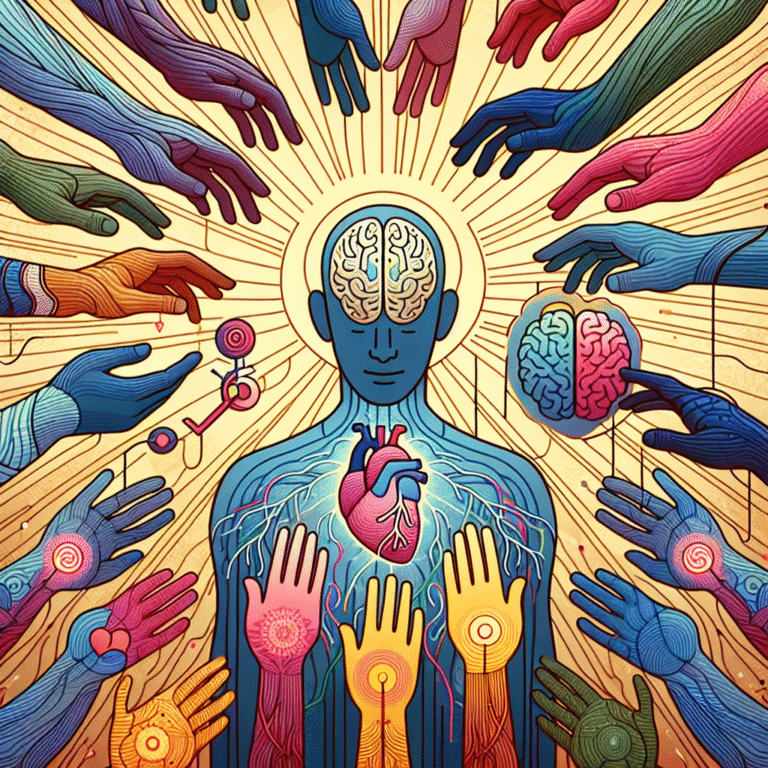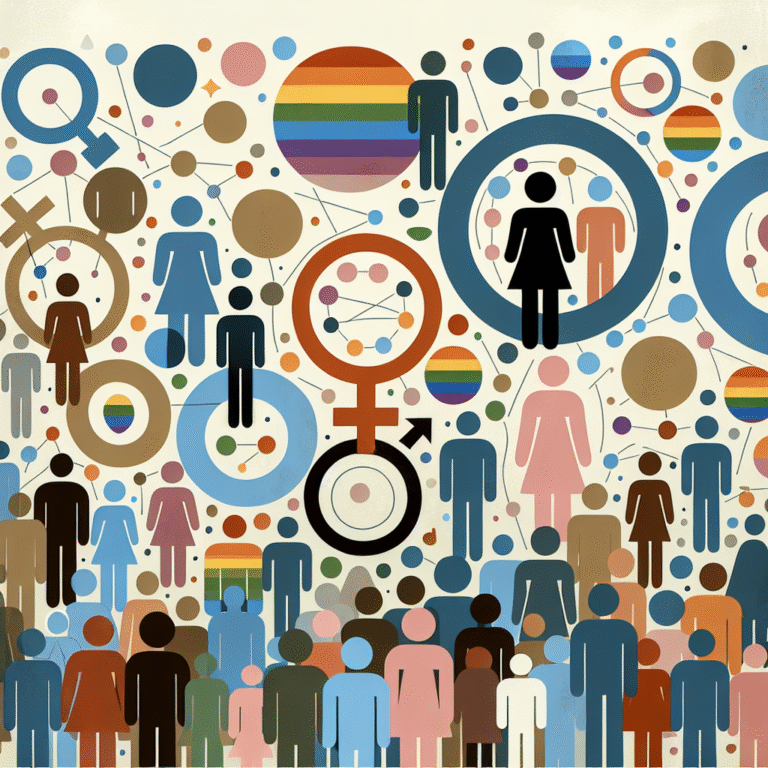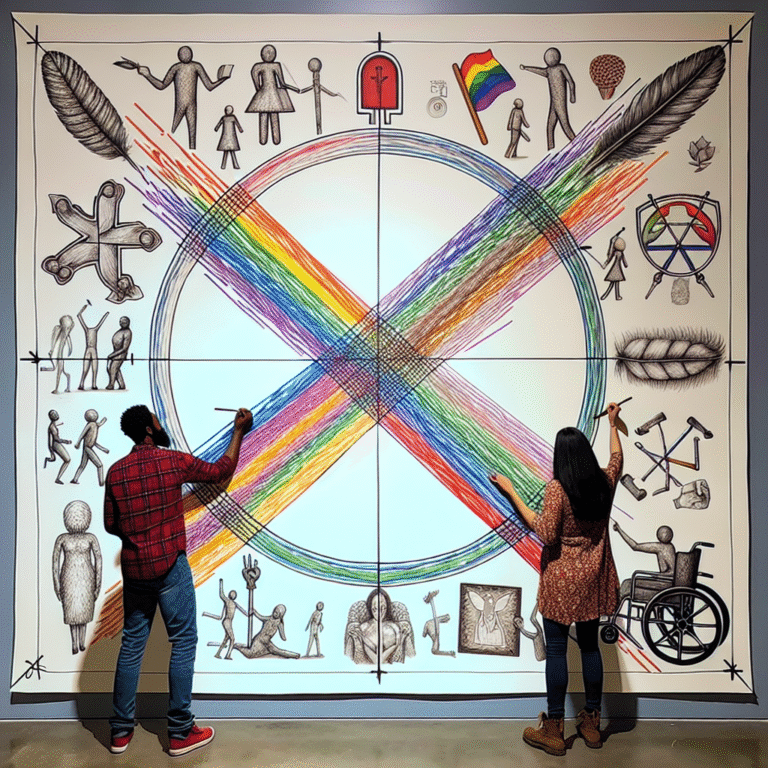
Introduction
In just a few decades, society has undergone a seismic shift in attitudes toward gender roles. Once defined by rigid expectations, the boxes many people felt confined to are now being systematically dismantled. Breaking the Mold: Challenging Traditional Gender Roles in Modern Society is not simply a slogan; it represents a dynamic movement aimed at redefining what it means to be male or female in today’s world.
Whether in the workplace, at home, or in public life, traditional gender roles have often dictated how individuals experience their identities. However, a confluence of social movements, educational reform, and individual bravery has sparked renewed conversations about gender, pushing the envelope on what is deemed acceptable. This article will explore this exciting landscape, presenting a spectrum of insights into how we can continue to break free from outdated norms.
The Historical Context of Gender Roles
The Roots of Traditional Gender Roles
Historically, gender roles evolved from biological differences and were reinforced by cultural narratives. For centuries, men were viewed as breadwinners while women were relegated to domestic tasks. This dichotomy has deep roots in societal structures, from family units to legal systems, that cemented these expectations.
Key Milestones in Gender Equality
The feminist movement of the 20th century laid crucial groundwork for discussions surrounding gender. As women began to join the workforce, push for voting rights, and fight against domestic violence, traditional roles were challenged. But even with these foundational changes, the journey of breaking the mold was just beginning.
Case Study: The Suffragette Movement
One of the most impactful movements in human history, the suffragette movement in the early 1900s challenged not only the idea of women’s roles but also the political landscape. Women like Emmeline Pankhurst became symbols of resistance, united in their quest for equality. This historical context sets the stage for understanding the ongoing struggle against traditional roles.
Contemporary Gender Roles
The Rise of Non-Binary Identities
In the 21st century, the dialogue around gender has expanded to include non-binary and gender-fluid identities. People are increasingly rejecting a binary perspective on gender, asserting that these traditional roles fail to encompass the complexity of human identity.
Analysis of New Data Trends
According to a 2022 survey by the Williams Institute, 1.2 million adults in the U.S. identify as non-binary. This rise intersects with conversations about inclusivity in schools, workplaces, and public services, showing an urgent need for policies that reflect the diversity of gender experiences.
Gender Roles in the Workplace
The workplace has experienced perhaps one of the most vigorous pushes for change. Now more than ever, women are taking on leadership roles, and men are stepping into caregiving positions. Organizations that endorse flexible gender roles are seeing higher employee satisfaction and better overall performance.
| Gender Role | Percentage in Leadership Positions (2022) |
|---|---|
| Women | 47% |
| Men | 53% |
Case Study: Companies with Gender-Neutral Policies
Several companies, such as Buffer and Deloitte, have implemented gender-neutral parental leave policies, signaling their commitment to gender equality. In turn, these organizations have cultivated a progressive workplace culture, unlocking potential and productivity.
Challenging Gender Norms in Education
Education is another arena ripe for transformation. More institutions are fostering environments where children can explore their identities freely, free from the constraints of traditional expectations.
Case Study: Gender-Inclusive Schools
The City of Seattle’s gender-inclusive practices in its public schools serve as an exemplary model. By implementing guidelines that allow students to express their gender identity freely, they are setting a precedent for educational institutions.
Social Media’s Role in Shaping Gender Views
The Impact of Influencer Culture
Social media has redefined how gender roles are perceived and acted upon. Influencers and activists leverage platforms like Instagram and TikTok to challenge norms and promote diverse representations of gender.
Real-World Implications of Online Movements
Hashtags like #GenderFluid and #BreakTheBinary show the vast reach of this dialogue. Social media allows marginalized voices to resonate on a larger scale, prompting societal discussions and influencing public policy.
The Dangers of Stereotyping
While social media is a powerful tool for advocacy, it can also perpetuate stereotypes if not approached critically. As we work towards breaking the mold, it’s crucial to remain vigilant against the ways digital culture can reinforce outdated beliefs.
Legal and Policy Frameworks
Progress and Remaining Challenges
Changes in legislation have been vital in the path to gender equality. Laws around equal pay, harassment, and anti-discrimination have made strides, yet compliance and enforcement remain inconsistent.
Key Legislation To Note:
- The Equal Pay Act (1963)
- Title IX (1972)
- The Gender Equality Act (2021)
Case Study: States Adopting Gender-Neutral Laws
California is leading the way with its gender-neutral laws in various sectors, including education and healthcare. These measures assure individuals can be recognized and treated according to their chosen gender identity, a step toward a more inclusive society.
Conclusion
We stand at a pivotal moment in history where breaking the mold: challenging traditional gender roles in modern society is not just a philosophy but a necessary evolution. It takes courage to challenge the status quo, but each step forward provides an opportunity to build a world where authenticity thrives.
The responsibility lies within each of us. Realizing the value of redefining traditional gender roles impacts not just our personal lives, but society as a whole. Embrace change, educate yourself, and be an ally in forging more inclusive spaces.
FAQs
1. What are traditional gender roles?
Traditional gender roles are societal norms that dictate how individuals are expected to behave based on their gender, often placing men in roles as providers and women as caregivers.
2. How can I challenge gender roles in my daily life?
You can challenge gender roles by advocating for equal opportunities, supporting diverse voices, and refusing to enforce stereotypes in your interactions and community.
3. What impact does social media have on gender roles?
Social media has the power to reshape perceptions by providing platforms for advocacy and representation, but it can also perpetuate stereotypes if used uncritically.
4. What policies can support gender equality?
Policies such as equal pay laws, parental leave for both parents, and comprehensive anti-discrimination laws are essential for fostering an equitable society.
5. How can businesses promote gender inclusivity?
Businesses can promote inclusivity by implementing gender-neutral policies, providing bias training, and encouraging diverse perspectives at leadership levels.
As we continue to break the mold, let us remember that every step taken towards challenging traditional gender roles propels us into a future where individual uniqueness is celebrated and respected.














